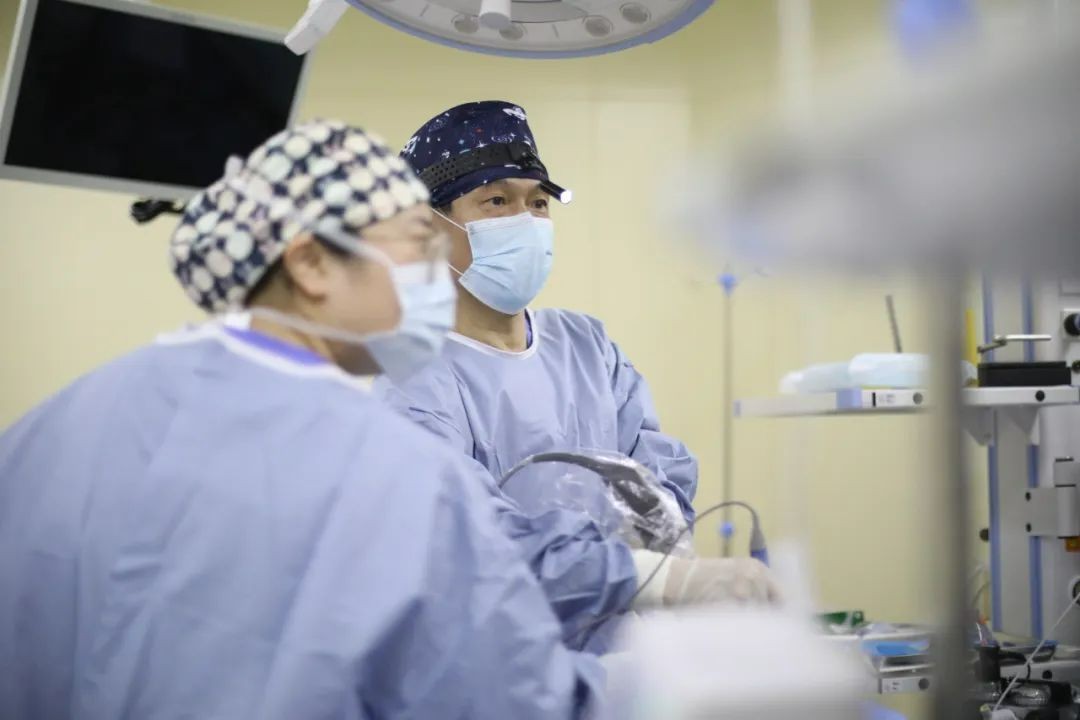Frequently Asked Questions About Adenoid Surgery—Answered!
While adenoidectomy is a common treatment for adenoid hypertrophy, parents often have concerns. Let’s address them!

Q: Since adenoids shrink naturally with age, is surgery unnecessary?
A: Follow medical advice.
Adenoids naturally atrophy around age 10, but waiting risks irreversible harm. Untreated hypertrophy can lead to chronic inflammation, affecting facial development, sleep quality, and cognitive growth. Delaying treatment allows long-term damage.
*For details →→ [Can Adenoid Hypertrophy Resolve on Its Own?]*
Q: What determines the need for surgery?
A: Impact on growth and development.
Surgery depends on functional consequences, not size alone. Mild cases (occasional snoring, no developmental issues) may be managed conservatively. Severe cases (apnea, hypoxia, sinusitis, hearing loss, speech delays, or adenoid facies) warrant surgery regardless of adenoid size.
For details →→ [To Remove Adenoids or Not? Size Doesn’t Matter!]
Q: Does general anesthesia harm a child’s IQ?
A: No.
General anesthesia causes temporary cognitive changes during surgery but poses no long-term intellectual risks. Only repeated, frequent anesthesia might mildly affect precise cognitive functions.
For details →→ [Is General Anesthesia Avoidable for Adenoid Surgery?]
Q: Does adenoid removal weaken immunity?
A: No.
While short-term immune markers may dip post-surgery, other lymphoid tissues (palatine/lingual tonsils, mucosa-associated lymphoid tissue) compensate. Immunity stabilizes over time without lasting harm.
Q: Are tonsils removed with adenoids?
A: Case-dependent.
If both adenoids and tonsils are hypertrophied (and no contraindications exist), partial tonsillectomy may accompany adenoidectomy. Leaving enlarged tonsils risks secondary airway obstruction, necessitating revision surgery.
Q: Can adenoids regrow after surgery?
A: Rarely.
Recurrence risk depends on surgical technique. Traditional methods (curettage, microdebrider) have higher recurrence due to incomplete removal. Low-temperature plasma ablation under endoscopic visualization minimizes regrowth by layer-by-layer tissue removal.
For details →→ [Advanced Techniques Reduce Adenoid Recurrence]*
Conclusion
Doctors tailor decisions based on comprehensive evaluation. Modern adenoidectomy is safe and mature—parents need not worry! Timely intervention prevents long-term complications.
